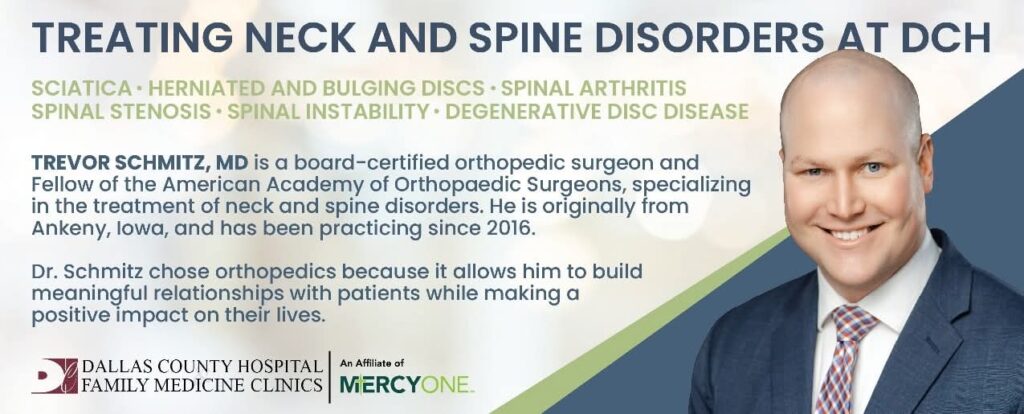ConAgra brands voluntarily recalled four varieties of Duncan Hines cake mix Nov. 5 after Salmonella Agbeni contamination was discovered in a box of Duncan Hines Classic White Cake Mix in Oregon.
In a statement, the U.S. Centers for Disease Control and Prevention (CDC) said it reviewed the PulseNet database and identified five recent infections with the same strain of Salmonella Agbeni as the Salmonella strain identified in the cake mix.
The CDC said its investigation is ongoing to determine if these illnesses in three states are linked to the contaminated Duncan Hines cake mix.
The CDC advises consumers to check their cupboards for the recalled mixes. Consumers should not bake with them or eat cake or batter made with them. Recalled mixes should be returned to the store for a refund or thrown away.
More advice about how to identify the recalled mixes at the CDC website.
The CDC offers the following advice to consumers and retailers:
- Do not bake with or eat recalled Duncan Hines cake mix, or eat cake prepared with recalled mix. Throw the mix away or return it to the store for a refund.
- Recalled products include 15.25 oz. boxes of Duncan Hines cake mix in Classic White, Classic Yellow Cake, Classic Butter Golden Cake, and Confetti Cake flavors, with various “best if used by” dates ranging from March 7 to 13, 2019.
- Check the FDA website for information to identify recalled mixes: a list of “best if used by” dates for each flavor of recalled mix, and product photos.
- Contact a healthcare provider if you think you got sick from eating recalled cake mix.
- Retailers should not sell or serve recalled Duncan Hines cake mixes.
In general, the CDC advises against eating any raw dough or batter, whether homemade or from a mix. Raw batter can contain germs that could make a consumer sick.
Salmonella poisoning is often linked to contaminated water or foods, especially meat, poultry and eggs. Salmonella bacteria are usually transmitted to humans by eating foods contaminated with animal feces.
Every year, approximately 40,000 cases of salmonellosis are reported in the U.S. Because many milder cases are not diagnosed or reported, the actual number of infections might be 30 or more times greater, according to research.
For more information, visit the CDC website.


















